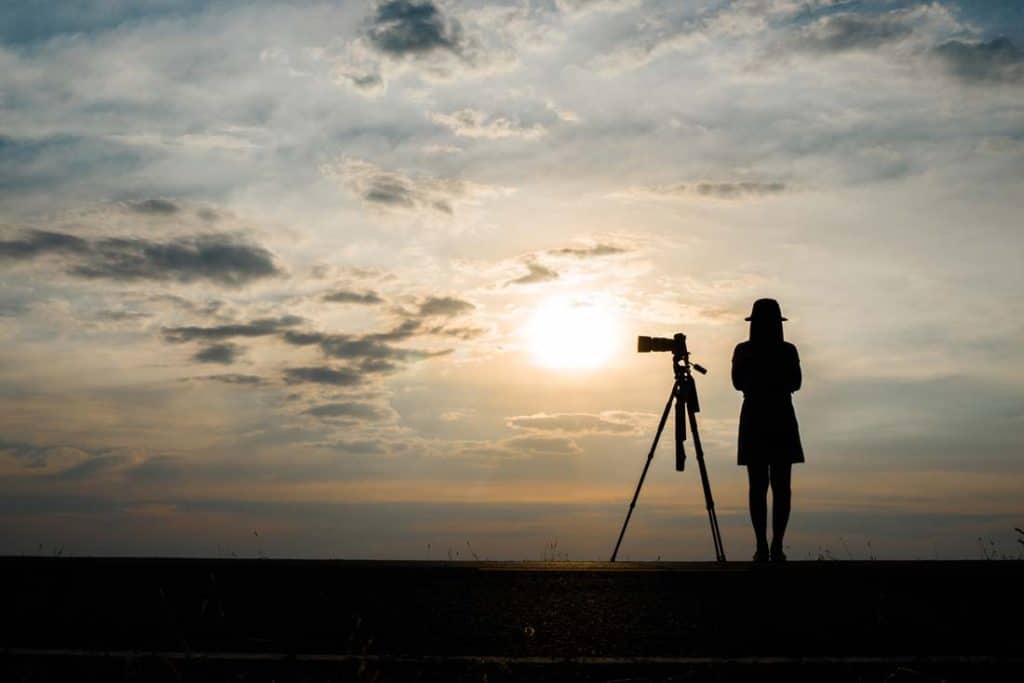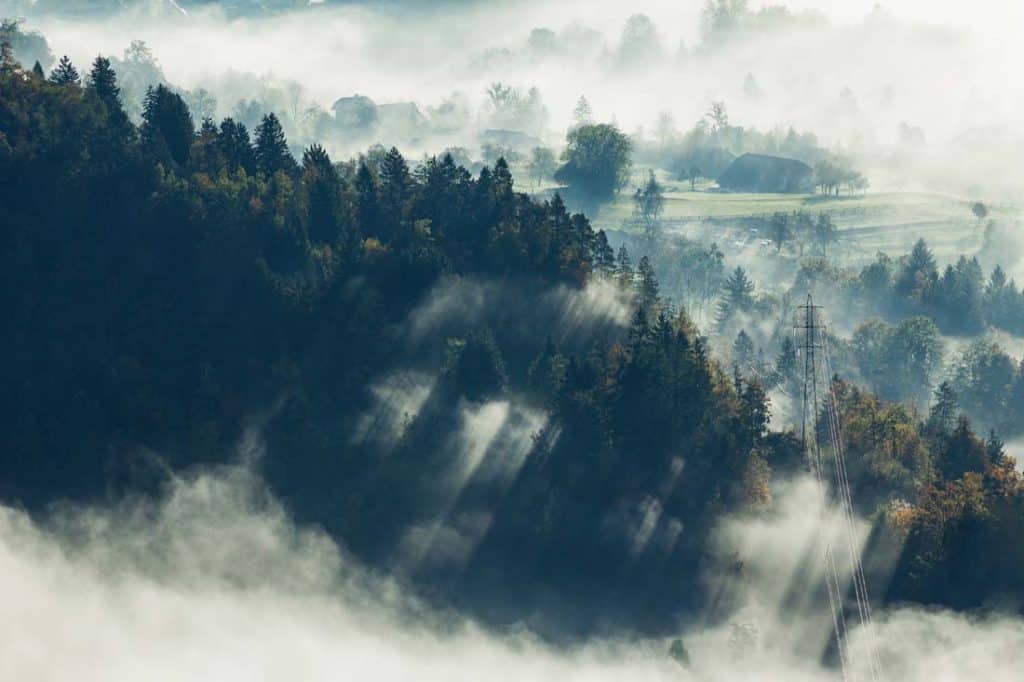Mindful photography is a photography practice in which the camera becomes an extension of your mind and is seen as the polar opposite of mainstream competitive photography, with no aggression, condescension, and, most importantly, no rush.
This type of photography thrives on being fully present at the moment and receiving that moment, forming a unique bond and a symbiotic relationship between art and mindfulness.
It puts you in an active state, gets you out of your head, and encourages you to connect with the outside world. When you step outside of your mind’s endless chatter, you can see the world with new eyes and capture a narrative in a single shot to share how you see things.

However, if you give in to internal chatter and emotional desires, your vision will be clouded and you will be more focused on experiencing everything that is going on inside your head rather than much of what is going on around you.
To fully immerse ourselves in the experience of mindful photography, we must let go of our goals, desires, expectations, techniques, and anxieties.
Remember that mindful photography is about the process rather than the outcome, which is why judging the outcome is counterproductive in mindful photography.
To achieve mindfulness in photography you must be able to observe things as if you are seeing them for the first time, even though you might be familiar with them.
With this article, we guide you on what happens when you combine mindfulness and photography and how you can cultivate this skill.
How to Start with Mindful Photography
To begin with, planning and effort are required to implement the new practices and maintain ongoing focus.

Begin by making mindful photography a priority, to practice mindfulness and photography five days per week.
You must develop a mindful photography ritual and set aside a specific time during the day to practice mindfulness for at least 20 minutes.
Don’t try to force mindfulness, and don’t be disappointed if your photographs fall short of your expectations.
Now, let’s look ahead to next month. Continue to practice mindful photography by focusing on the various elements around you. Try to find what interests you the most and make that your next assignment.
You can also try going for a mindful walk to increase your awareness and connect you to the present moment. As your awareness of what you see grows, you will begin to notice new features and objects.
If you see something that piques your interest, you can now focus on it and experiment with its composition; the images you create will reflect your sense of wonder, appreciation, and curiosity.
Benefits of Mindful Photography
Improves your Health
Mindfulness has been shown to improve health and well-being by reducing stress and anxiety and improving brain function.

With mindfulness, you can calm yourself and allow yourself to sink into your surroundings, and before you know it, all of your worries about the future and concerns about the past have vanished.
When you practice mindful photography, you can reap the same benefits. Reduced stress, increased levels of focus and concentration, increased emotional awareness, and increased ability to respond to empathy and compassion are all health benefits of mindful photography.
It encourages you to be open to new experiences, compassionate, and appreciative of the present moment.
It allows you to concentrate on the subject in front of you and keep up with its changing states.
Mindful photography is also a great motivator to get outside, observe and listen, and be present to capture the image that captures your attention.
So bring a camera, or even just your phone, and be ready to observe and capture anything that catches your eye while also improving your health.
Encourages Self-awareness and Appreciation of Your Surroundings
Mindful photography promotes a closer relationship with your surroundings, your subject, and your current experience.

When you start to appreciate your own space and broaden your curiosity, you can simply be present where you are and the images will present themselves to you.
During the process of becoming acquainted with yourself; you may be unsure of who you are, what you like, and how to express yourself. This is why, if you are just starting as a photographer, self-awareness is especially important.
Furthermore, by allowing images to come to you, allowing yourself to be drawn to your subject, mindful photography encourages you to become more self-aware, and you are able to gauge what you like or dislike and what is it that interests you the most.
Mindful photography allows you to appreciate the infinitely beautiful visual world while remaining humble, inspired, and childlike in your sense of wonder.
Enables you to Convey Emotions
Emotional imagery is a surefire way to create powerful images. That emotion could be awe, desire, sadness, longing, or any of the other human emotions, but there must be one.
As a result, capturing genuine emotions and feelings in an image is essential for creating beautiful, truly compelling images that speak to your audience on a more personal level.
It is unlikely that any emotion was expressed to the viewer if no emotion was put into the photograph.
Cultivates Gratitude
Gratitude enables us to feel more positive emotions and we develop a sense of appreciation for good experiences. We also improve our health and become better at dealing with adversity and developing strong relationships.
We gain a sense of gratitude for life when we make an effort to notice our surroundings or show appreciation for the people, places, or things that make us happy.
We are drawn to things that mean something to us, things for which we are grateful, through mindful photography, thereby cultivating more gratitude for what we see.
According to an American Psychological Association study, mindful photography can be a fun and easy way to savor everyday experiences and cultivate gratitude.
Furthermore, a lovely thing occurs when mindfulness and gratitude reinforce each other in a self-sustaining loop.
Gives you a Purpose
Humans have a strong desire to live out their purpose, which necessitates a mindful acceptance of the present moment because purpose has no endpoint.
That is why we must strive for our purpose every day, and we require a healthy dose of self-awareness to determine what our purpose is.
Mindful photography has the potential to provide meaning and purpose to our lives. It satisfies your creative desire and provides us with an outlet and opportunity for learning and self-improvement. Furthermore, it can be almost meditative in nature, satisfying a desire to experience something greater than ourselves.
When you discover a sense of purpose in our photography practice, you won’t have to worry about being the best; instead, you’ll be able to make a difference in your small corner of the world.
Mindful Photography Tips
While mindfulness practices are not difficult to incorporate into daily life, it takes time for them to become a habit.
When you are in a mindful state, you are present and aware of your surroundings, noticing the details all around you. You will be able to choose where to focus your attention, energy, and even your breath.
Here are some tips to help you cultivate mindfulness with your photography:
- Get closer to your subject
Walk around the subject that piqued your interest, looking for different angles and perspectives, and paying close attention to how the elements interact.
If the subject is too far away, try zooming with your feet and moving closer to it. Especially if you’re using a phone, where zooming reduces image clarity.
- Look for color
Try taking a photo with interesting color combinations and don’t worry about composition because it will distort your intention.
Concentrate on the simple experience of seeing a color; there’s no need to chase anything flashy, and when you find something you like, get close and shoot it.
- Think about texture
The texture is less visible than color and requires us to delve a little deeper into the visual experience.
Begin with a clear intention to recognize texture and then pay attention to how light affects your perception of texture. Consider how it would feel to touch that texture and then try to capture the entire thing.
Final words
Mindfulness photography is more than just a way to calm an overactive mind. It has far more profound and far-reaching advantages.
You’ll be amazed at how your focus and emotion regulation improve over time if you practice mindfulness regularly.
Daily practice will help you get into the zone, and eventually, you’ll be able to engage your mindfulness and explore where you are to find the beauty in the mundane. You won’t need a scenic view because your mindfulness will open up previously unknown creative possibilities.
Finally to unlock your creativity and make your photos even more stunning try using some post-processing techniques to edit your travel photos.
If you liked our post for Mindful Photography, you might also like:
